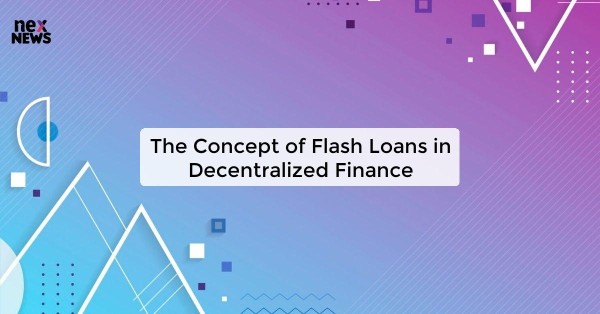Understanding Flash Loans
Flash loans are a rapidly growing trend in decentralized finance (DeFi) that allow users to borrow assets without the need for collateral. These loans are executed within a single transaction, making them convenient and efficient for users seeking to access liquidity quickly. Unlike traditional loans that involve a lengthy approval process and require collateral, flash loans provide instant access to funds for users engaging in various DeFi strategies.
One distinguishing feature of flash loans is that they must be repaid within the same transaction in which they were borrowed. This ensures that the borrower cannot default on the loan, as the funds must be returned to the lending pool before the transaction is confirmed. This unique aspect of flash loans has enabled users to engage in arbitrage opportunities, liquidations, and other sophisticated trading strategies that require access to large amounts of capital in a short period of time.
How Flash Loans Work
Flash loans are a unique financial tool operating within the realm of decentralized finance (DeFi). The fundamental concept of flash loans lies in allowing users to borrow funds from liquidity pools instantly and without the need for collateral. Unlike traditional loans that require the borrower to pledge assets, flash loans are uncollateralized, meaning borrowers must repay the entire borrowed amount within the same transaction.
These loans are executed within a single transaction block on the Ethereum blockchain. This feature eliminates the need for trust between the lender and borrower and reduces counterparty risk. To secure a flash loan, borrowers must demonstrate the ability to repay the borrowed amount within the same transaction, ensuring that the loan is risk-free for the lender. The nature of flash loans also enables users to borrow significant sums of money quickly and efficiently, opening up a range of opportunities for arbitrage, liquidity provision, or other DeFi strategies.
Benefits of Flash Loans
Flash loans offer unparalleled speed and efficiency in executing financial transactions within the decentralized finance (DeFi) ecosystem. By enabling users to borrow and repay funds within the same transaction, flash loans eliminate the need for collateral, making them ideal for short-term arbitrage opportunities and liquidity provision strategies. This instant access to capital empowers traders and developers to exploit market inefficiencies and optimize their token holdings, all without the barriers often associated with traditional lending processes.
Moreover, the low cost of flash loans, which are typically charged a nominal fee, presents a cost-effective solution for accessing significant sums of capital without tying up personal assets or incurring high interest payments. This accessibility not only levels the playing field for smaller investors looking to participate in DeFi markets but also fosters innovation by providing a means for experimenting with new trading strategies and projects. Consequently, the benefits of flash loans extend beyond mere financial gains to encompass a democratization of finance and a catalyst for creativity within the blockchain space.
Risks Associated with Flash Loans
Flash loans have gained popularity in the decentralized finance (DeFi) space due to their unique capabilities. However, like any financial tool, flash loans come with inherent risks that users must be aware of. One major risk associated with flash loans is the potential for rapid and significant price volatility in the borrowed assets. Since flash loans allow users to borrow large sums of assets without collateral, the market can be susceptible to sudden price fluctuations, potentially causing liquidation of assets and significant financial losses.
Another risk of flash loans pertains to the security vulnerabilities present in smart contracts. Due to the complex nature of DeFi protocols that enable flash loans, there is a risk of smart contract bugs or vulnerabilities being exploited by malicious actors. These vulnerabilities can lead to the loss of funds or manipulation of prices, posing a substantial risk to users participating in flash loan transactions. It is crucial for users to conduct thorough due diligence and implement stringent security measures to mitigate these risks when engaging in flash loan transactions.
Different Use Cases for Flash Loans
Flash loans have gained popularity in the decentralized finance (DeFi) space due to their versatility and convenience. One notable use case for flash loans is arbitrage opportunities. Traders can quickly exploit price differences between various cryptocurrency exchanges by borrowing funds with a flash loan, executing profitable trades, and repaying the loan all within the same transaction block, thereby minimizing their capital requirements.
Another practical application of flash loans is in the realm of collateral swapping. Borrowers can utilize flash loans to efficiently switch their collateral positions on DeFi platforms without the need for substantial capital outlays. This flexibility enables users to optimize their portfolios by adjusting their risk exposure or taking advantage of better interest rates, enhancing their overall financial strategies.
